Flowers are the same everywhere, but in every state, the names of flowers are according to their language. Gujarati is one of the most widely spoken languages in the country and is very popular.
If you are from Gujarat, this list of India’s famous flower names will help you learn Flowers Name in Gujarati & English! This place will help you learn flower words in Gujarati language as well as their English pronunciation.
Flowers Name In Gujarati & English (ફૂલોનું નામ)
| No | Image | English | Gujarati |
|---|---|---|---|
| 1. | 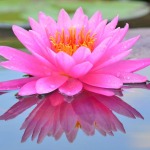 | Lotus | મોતુનકમલ |
| 2. |  | Rose | ગુલાબ |
| 3. | 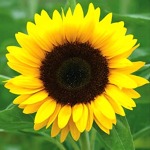 | Sunflower | સૂરજમુખી ફૂલ |
| 4. | 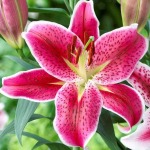 | Lily | કમળનું ફૂલ |
| 5. | 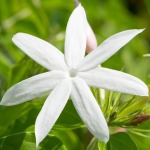 | Jasmine | એક કૂલવેલ |
| 6. | 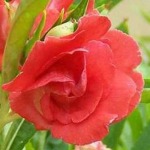 | Balsam | બલસમ |
| 7. | 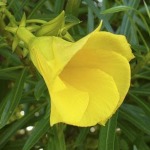 | Oleander | કરેણ |
| 8. | 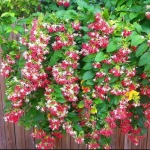 | Betel | સોપારી |
| 9. | 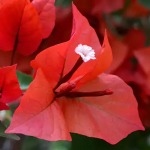 | Bougainvillea | બોગનવિલેઆ |
| 10. | 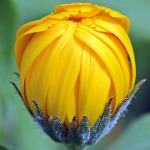 | Bud | બડ |
| 11. | 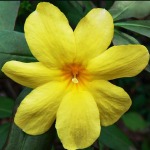 | Winter Jasmine | શિયાળામાં જાસ્મિન |
| 12. | 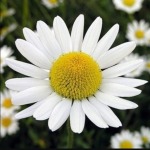 | Camomile | કેમોલી |
| 13. | 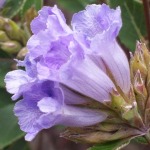 | Kurinji | કુરિનજી |
| 14. |  | Chrysanthemum | ક્રાયસન્થેમમ |
| 15. | 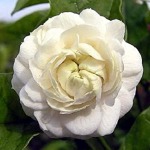 | Arabian Jasmine | મોગરો |
| 16. | 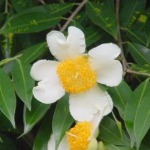 | Cobra saffron | કોબ્રા કેસર |
| 17. | 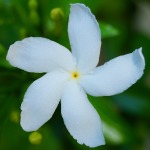 | Crape Jasmine | ક્રેપ જાસ્મિન |
| 18. | 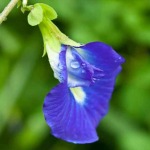 | Creeper | લતા |
| 19. | 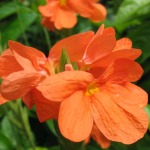 | Crossandra | ક્રોસન્ડ્રા |

Flowers Name in Gujarati & English with Real Hd Images
Lotus
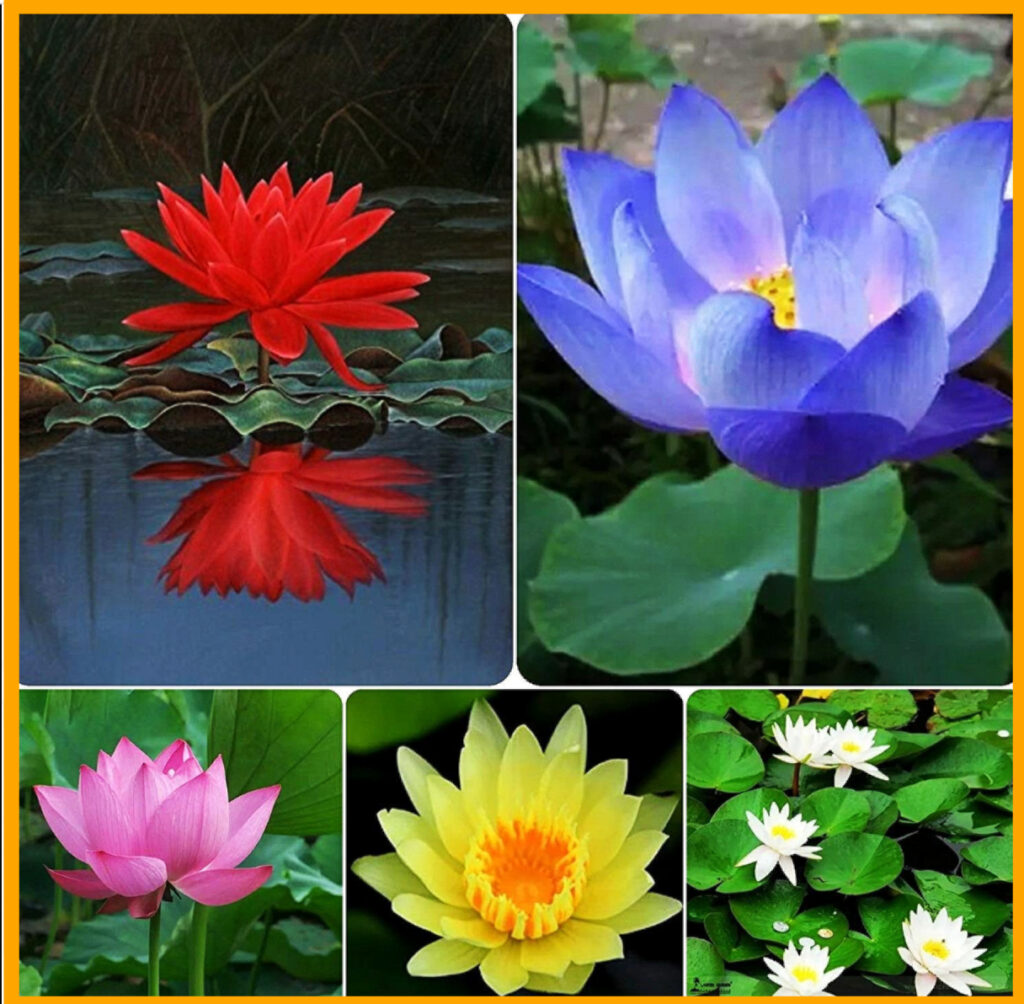
Lotus flowers have a long and rich history spanning thousands of years. They are native to Southeast Asian countries and Australia and are found in ancient Egyptian hieroglyphics and ancient Greek folklore.
Lotuses only grow in the swampiest of areas, representing the idea that through evil, destruction, and chaos we can all come together at this perfect moment.
Rose
There are several hundred species and thousands of roses, from shrubs and small roses to dwarf roses and ground cover roses. Botanists are constantly working to develop new varieties of roses, in search of fuller, longer-lasting blooms in more attractive colors.
In fact, we don’t even know where to start with rose biology, because there’s so much to say! So let’s focus on the world’s most popular flowering garden, the hybrid tea rose. There are still dozens and dozens of varieties of hybrid tea roses, but many of them are unique.
Sunflower
What’s more beautiful than a sunflower? Their large, orange-yellow flowers dominate the garden, but they make up for stealing the show by providing seeds, food, and pollen. Sunflowers flocking south on cool autumn early days, summer lovers, snowbirds, this symbol of constant sun worship is yours.
Of course, sunflowers are an important resource for the entire ecosystem. What other plant could grow in a farmer’s field like a crack along the road and still be a wonderful source of food for people, birds, butterflies, and butterflies?? Less than a century after the invaders brought the grain to Europe, bakers were using it in baking and even roasting it as a substitute for coffee.
Lily
There are 80 to 100 species of lilies, most of which are native to Asia, Europe and the northern hemisphere of North America. It has large flowers and petals and is famous for its beautiful fragrance. We’ve talked about the lily symbol before, but let’s dig deeper, shall we?
Lilies are not toxic to humans. It is widely used in Asian medicine to treat depression and certain types of poisoning. However, they are toxic to cats, so keep them away from your furry friends!
Jasmine
Jasmine is famous for its fragrance. There are many designs, such as sheltered fragrances, summer vines, and tender plants that fill your home with floral fragrance. These have yellow flowers of hardy winter jasmine that, though not fragrant, are treasured colors in the garden brings when nothing else will dare . There are flowers of flowers.
Summer jasmines love a warm, sheltered spot where they can bask in the sun, while hardy winter jasmines are happy in a cool spot in full sun or partial shade. The gentle jasmine loves the warmth indoors all year round.
Balsam
Himalayan balsam is a relative of the crowded lizzie, but rises to head height and is a problem for weeds, especially along riverbanks and waste sites, but also an invasion of fast-growing and spreading gardens can, as it can cover other plants.
Himalayan balm tolerates low light levels and shades other plants, killing other plants and slowly destroying the habitat. Sometimes you can find them unintentionally or intentionally planted in gardens, but be careful not to go out into the wild.
Oleander
Oleander contains many toxins and all parts of the plant are highly toxic to humans and pets. Ingestion of even small amounts of the plant can cause injury or death.
Sticky, clear liquids can cause skin irritation or contact burns. Do not burn neglected oleander branches, as this can release toxins into the air.
When visiting areas where oleander is often grown, keep your dogs on a leash and make sure they don’t chew on the plant. Symptoms appear within 30 minutes and are very alarming.
Betel
Piper betel is a leafy plant that grows mainly in Southeast Asia and belongs to the pepper family. Beetroot is a mild medicine and is used in traditional medicine because of its beneficial properties.
Grapes are grown in India, Bangladesh, Pakistan, Malaysia, Indonesia, Sri Lanka, Thailand, Papua New Guinea, Madagascar, Bourbon, and the West Indies.
Bougainvillea
These tropical vine-like shrubs are drought-tolerant, sun-loving, and give great color. It grows in cold winters in California, Florida, Texas, Hawaii and the Gulf Coast, and can be grown in other containers. Bougainvillea is a powerful product that can grow unchecked. In warmer climates, however, it provides brilliant color almost year-round.
True bougainvillea flowers are small, usually white, and surrounded by multicolored flowers. The orbs are a true star and come in red, purple, magenta, hot pink, pink, orange, apricot and white. Often called “false flowers,” it’s what attracts gardeners to real flowers hiding behind brightly colored surfaces.
Bud
Body, vascular A small slit in the side of a plant or at the end of a stem through which flowers, leaves, or buds grow. Buds originate from meristem tissue. Trees in warmer climates form dormant, frost-resistant shoots in preparation for winter. The flowers have modified leaves.
Winter Jasmine
Although winter jasmine is often mistaken for its bright yellow flowers, winter jasmine starts flowering earlier and blooms longer and the dense golden sprigs that last about 8 weeks are also attractive and They stay green through the winter. This vine can be grown as a ground cover or trained to climb.
You can grow a winter flower garden in almost any climate if you choose plants suitable for your hardy region. Some plants that thrive vigorously in mild South Coast or West Coast winters do not thrive in colder climates. The timing of planting is also important. Most winter flowers should be planted in the fall, when the soil is warm, to root before cold weather arrives.
Chamomile
The common name for a daisy-like plant in the Asteraceae family is chamomile or chamomile. Two of these species, Matricria recutita and Anthemis nobilis, are frequently used in beverage and pharmaceutical preparations. There is not enough scientific evidence that consuming chamomile in food or beverages has any beneficial health effects.
Chamomile can be used in food and beverages, as a mouthwash, in soaps or cosmetics. It is used to “fill” the chamomile chair, its height about half a meter above the top bed, made for sitting. Chamomile herb is also used in high traffic areas.
Kurinji
Known as Kurinji or Nilkurinji in Malayalam and Tamil, Strobilanthes kunthiana is found in the shola forests of the Western Ghats of Kerala, Karnataka and Tamil Nadu. The blue-purple flowers bloom only once every 12 years and give it the name Nilgiri variety, from Tamil Sapphire.
The Kurinji plant belongs to the genus Strobilanthes, which was first described scientifically in the 19th century by Christian Gottfried Daniel Nies von Essenbeck. The genus contains about 250 species, 46 of which are found in India. Most of these species exhibit unusual flowering behavior, with flowering cycles ranging from annual to 16 years.
Chrysanthemum
Classes of chrysanthemums are annuals or sub-shrubs. The rows of its leaves are serrated or sometimes smooth-edged. A compound flower head is a group of several flower heads, or sometimes a single flower head. The head has a base covered with a layer of padding.
1 row of ray flowers white, yellow or red; Several garden specimens were propagated to hold multiple rows of different colored ray flowers. Flower disc in square yellow. The powder can be 34 µm. Fruit bone pain. Chrysanthemums begin to bloom in early autumn. It is also a favorite November flower.
Arabian Jasmine
Despite the common English name for “Arabian jasmine”, jasmine sambac is not native to Arabia. Jasmine sambac generally supports natural habitats in warm, humid climates rather than the arid climates of the Middle East. The earliest Chinese records of the plant indicate that jasmine sambac originated in Southeast Asia and Southeast Asia.
Jasmine sambac (and other new varieties) were planted in gardens by those who spread to Arabia and Persia. It was then brought to Europe where it was cultivated as an ornamental plant and in the 18th century it became known by the common name “sambac”.
Cobra saffron
The tree can reach a height of more than 30 meters (98 feet) and is usually supported at a base of 2 meters (6 feet 7 inches). The bark of younger trees is golden-gray, while the bark of older trees is dark gray and flame red. Its simple, opposite, narrow, long, blue-brown to dark green leaves are 7–15 cm (2.8–5.9 in) long and 1.5–3.5 cm pointed. low.
These are probably the descendants of trees which grew ornamentally in the monasteries in ancient times during the Anuradhapura period. Old trees form shoots or shoots from the base of the trunk, which become new trees when the old trunk falls; Therefore, the trunks and roots of some ironwood trees in these locations may be very old.
Crape Jasmine
The plant grows to a height of 1.5-1.8 m (5-6 ft) and has two trunks. The large, glossy leaves are dark green and measure about 15 cm long and 5 cm wide. The waxy flowers appear in small clusters at the end of the stem. The flowers have a spiral (singular) pattern found in other species of the Apocynaceae family such as Vinca and Nerium. The flowers grow once or twice, and both forms have white flowers. The plant blooms in spring but flowers can be seen periodically throughout the year. The flowers have a wonderful fragrance. The shrub contains more than 66 calcium.
Creeper
Creeper, are small climbers that grow close to the ground, and often make good ground cover. It is also called horizontal plant.
Some of the fastest growing vines are Creeping Jenny, Evening Primrose, Periwinkle, Creeper Vine, English Ivy, Sweet Woodruff, Blue Creeper and Bugle, and it’s important to check if there are local restrictions on growing these vines, because their growth makes it considered invasive in some areas
Crossandra
Crossandra is one of the few plants that will bloom beautifully for months in indirect sunlight, making it especially valuable when paired with other shade-tolerant plants, as well as color for there are also beds of impatiens, coleus and shrimp. Outdoors, Crossandra provides flowers long enough to fall under the right conditions from late spring. Be sure to provide moderate and high humidity levels, and protection from cold temperatures and drafts. Improve flowering on your plants by periodically removing old and dead flowers (dead heads) during the growing season.
Conclusion
In this article you have been told the names of flowers in Gujarati language. The names of 19 Gujarati flowers have been mentioned in this, and if you liked this article, then share it with your friends and family.
FAQs
What is the famous flower in Gujarat?
African Marigold
What are cute flower names?
Daisy, Posy, Tulip.
Which flower Lord Shiva likes?
Datura
Is Champa and ketki same?
Champa is not introduced to Lord Shiva as Champaka because the flower will be cursed by him along with the Ketaki flower.